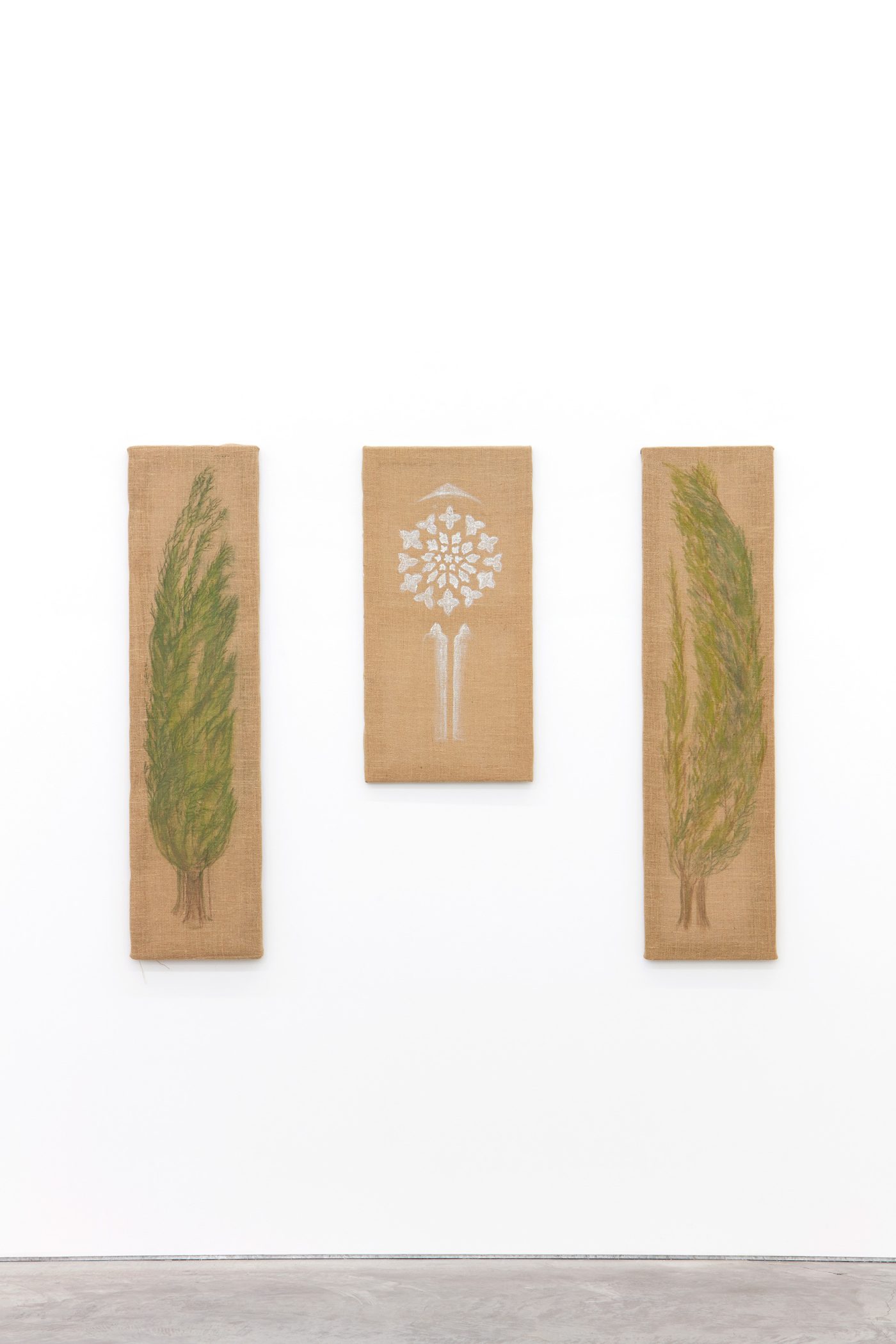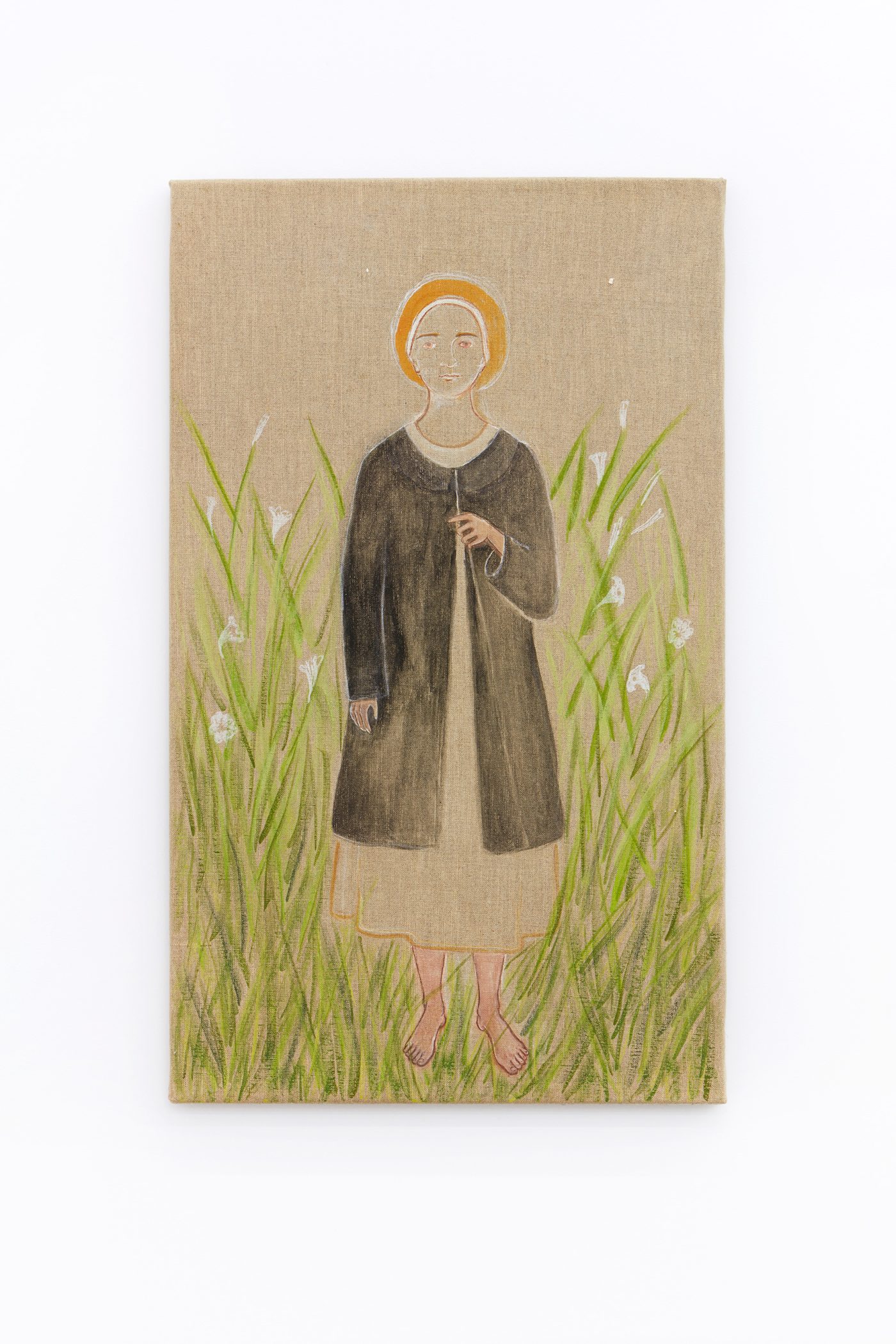Vivienne Shark LeWitt
The Wind Blows Where It Will
13th March – 17th April 2021
Anna Schwartz Gallery
‘The Wind Blows Where It Will’ is Vivienne Shark LeWitt’s first exhibition in over a decade. Often considered enigmatic, her works are exceptional in their ability to unify a medley of influences into a unique visual language. The sources of her inspiration are diverse, a quality that is enhanced by the deft manner in which she is able to combine them, freely incorporating the iconography of historical art with strikingly contemporary imagery. These new works offer an insight into Shark LeWitt’s most recent musings and develop her longstanding interest in the elements that constitute humanity.
Shark LeWitt’s research trip to France and Italy in 2019 has informed many of the conceptual undertones present in ‘The Wind Blows Where It Will.’ Assisi was particularly significant, being the birthplace of St. Francis, founder of the Franciscan Order, and St. Clare, his follower, both of whom were committed to a life of poverty. The series, Works of Mercy (2020), constitutes 14 paintings on the theme of poverty, in both the material and spiritual sense.
Individual figures are paired with key objects that denote their respective meritorious acts. Detail (counsel the doubtful) (2020) depicts a man deeply concentrated in thought as he is seated in a swivel chair with slippered feet. The only other pictorial elements are the laurel wreath that protrudes from his head and the outline of a pointed arch serving to frame the image. All of the Works of Mercy paintings include this unifying feature that is reminiscent of Gothic architecture, echoing the instructional artworks featured in many Medieval churches. These works are sparsely painted on raw linen and executed with no unnecessary embellishment, typifying Shark LeWitt’s penchant for simple design. In this instance, the artist has clearly reconciled the conceptual impetus of the works with their material form.
Another group of works belong to The Unity of Opposites (2020) which further seeks to examine the nature of poverty, as well as its counterpart, covetousness. This is realised in the triptych Le Hameau de la Reine (2020) referencing Marie Antoinette’s desire for a contrived peasant retreat. Detail (red dressing gown) (2020) depicts the original item that inspired the phenomenon known as the Diderot Effect, that of consumption begetting further consumption.
The underlying theme of the works in ‘The Wind Blows Where It Will’ embodies the fine balance that exists between vice and virtue, deprivation and enrichment. My theory (2018) visualises this consideration in Shark LeWitt’s characteristically droll style, as two cups are drawn and labelled (as a paraphrase) “good things and bad things about being poor/rich”. The depth of meaning that can be conveyed through Shark LeWitt’s formally restrained compositions is intrinsic to its alluring charm, and offers a limitless source of contemplation for those who seek it.
Katarina Klaric
Images

Vivienne Shark LeWitt
The Wind Bloweth Where it Listeth, 2020
water based paint on Hessian
triptych: 122 x 31 cm; 80.5 x 40 cm; 122 x 31 cm
Photo: Zan Wimberley
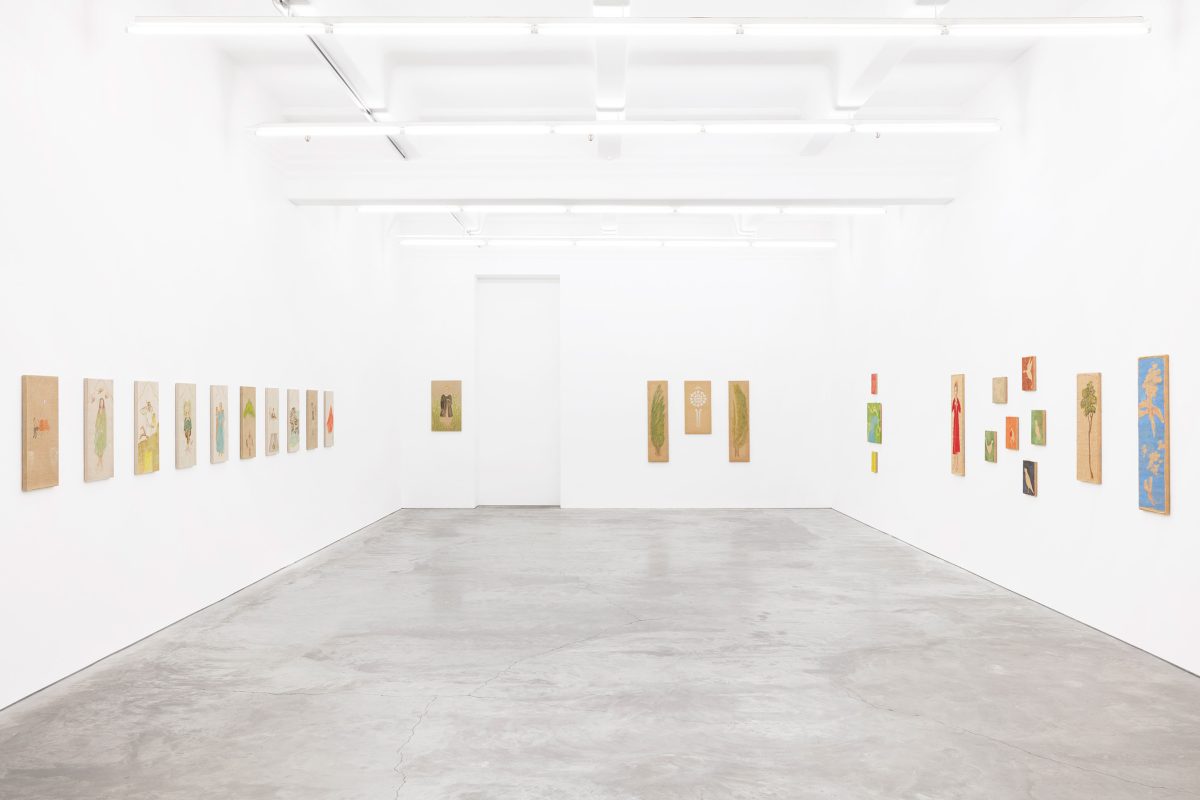
Vivienne Shark LeWitt
The Wind Blows Where It Will, 2021
Installation view, Anna Schwartz Gallery
Photo: Zan Wimberley
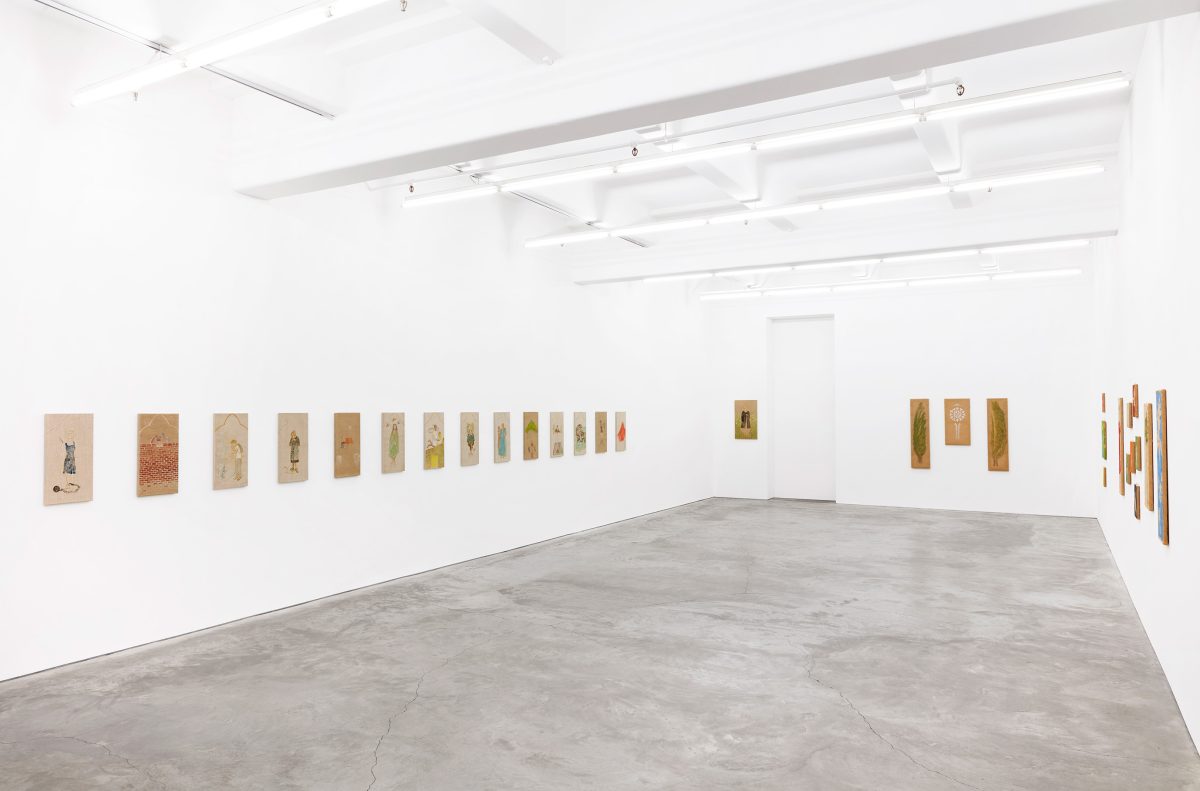
Vivienne Shark LeWitt
The Wind Blows Where It Will, 2021
Installation view, Anna Schwartz Gallery
Photo: Zan Wimberley
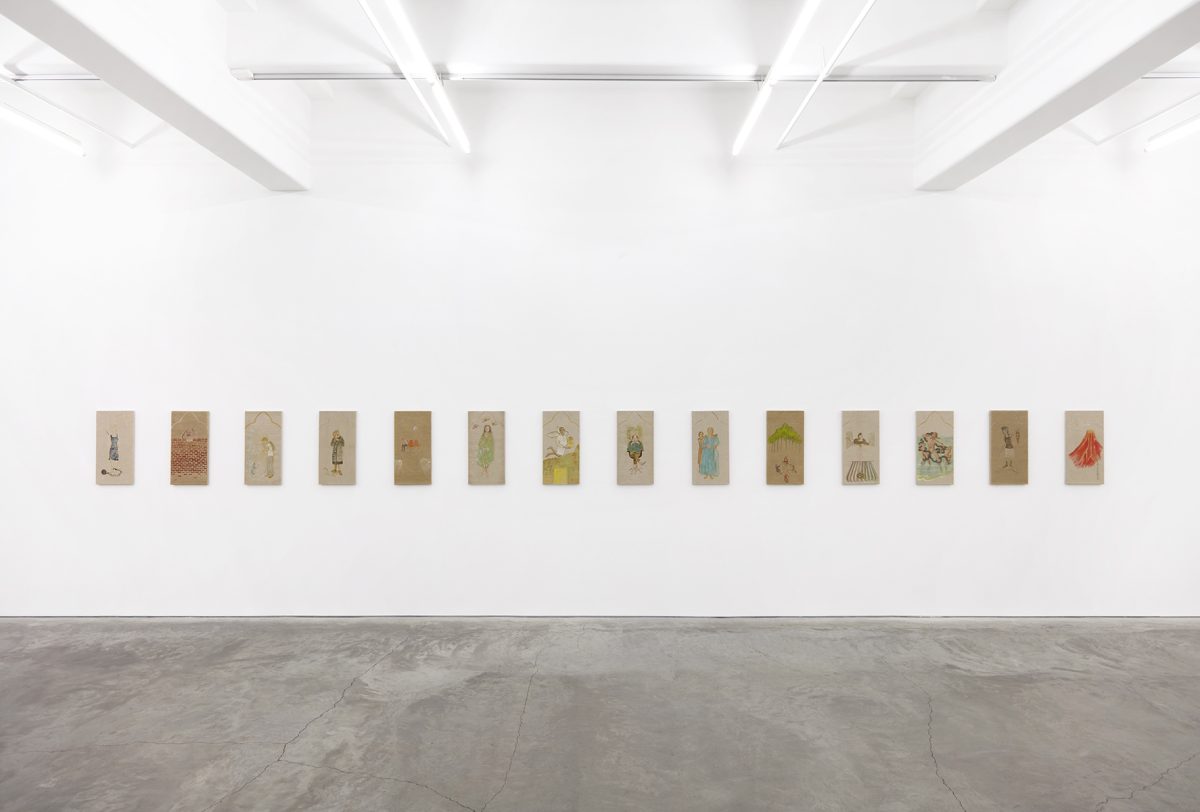
Vivienne Shark LeWitt
Works of Mercy, 2020
14 paintings, water based paint on linen
61 x 31 cm each
Installation view, Anna Schwartz Gallery
Photo: Zan Wimberley
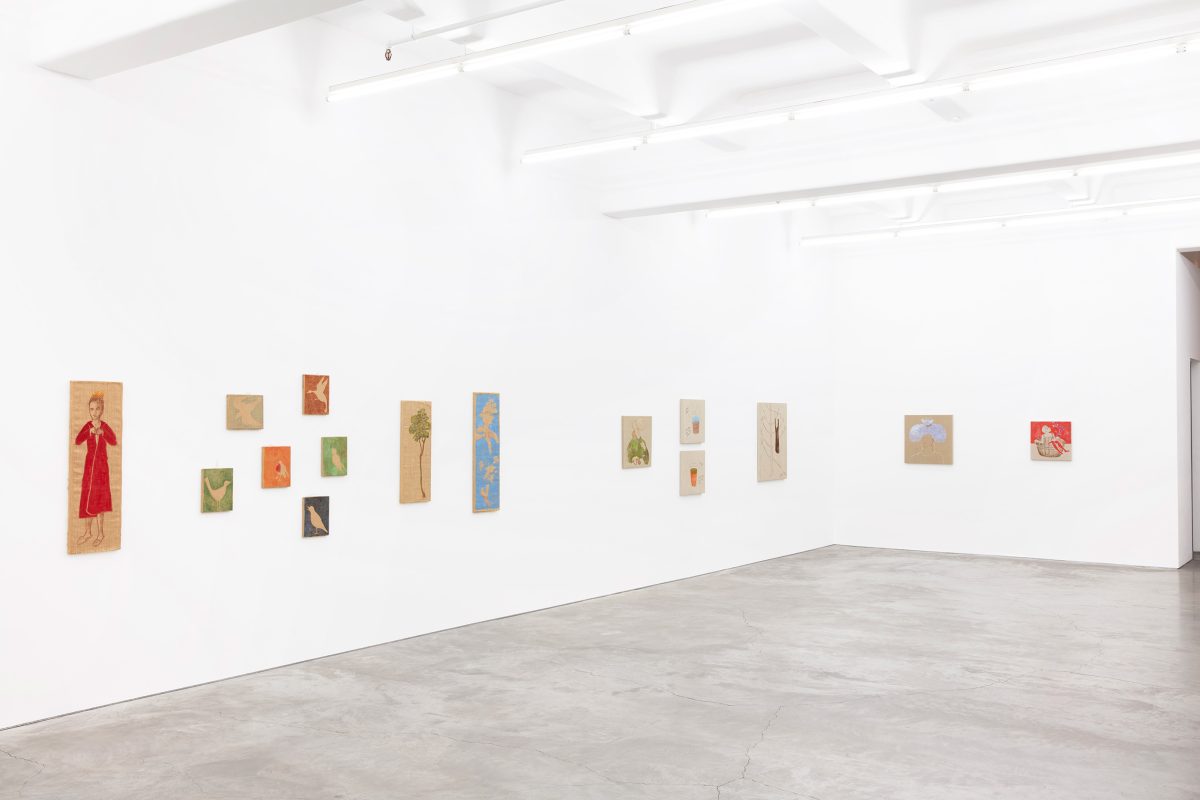
Vivienne Shark LeWitt
The Wind Blows Where It Will, 2021
Installation view, Anna Schwartz Gallery
Photo: Zan Wimberley
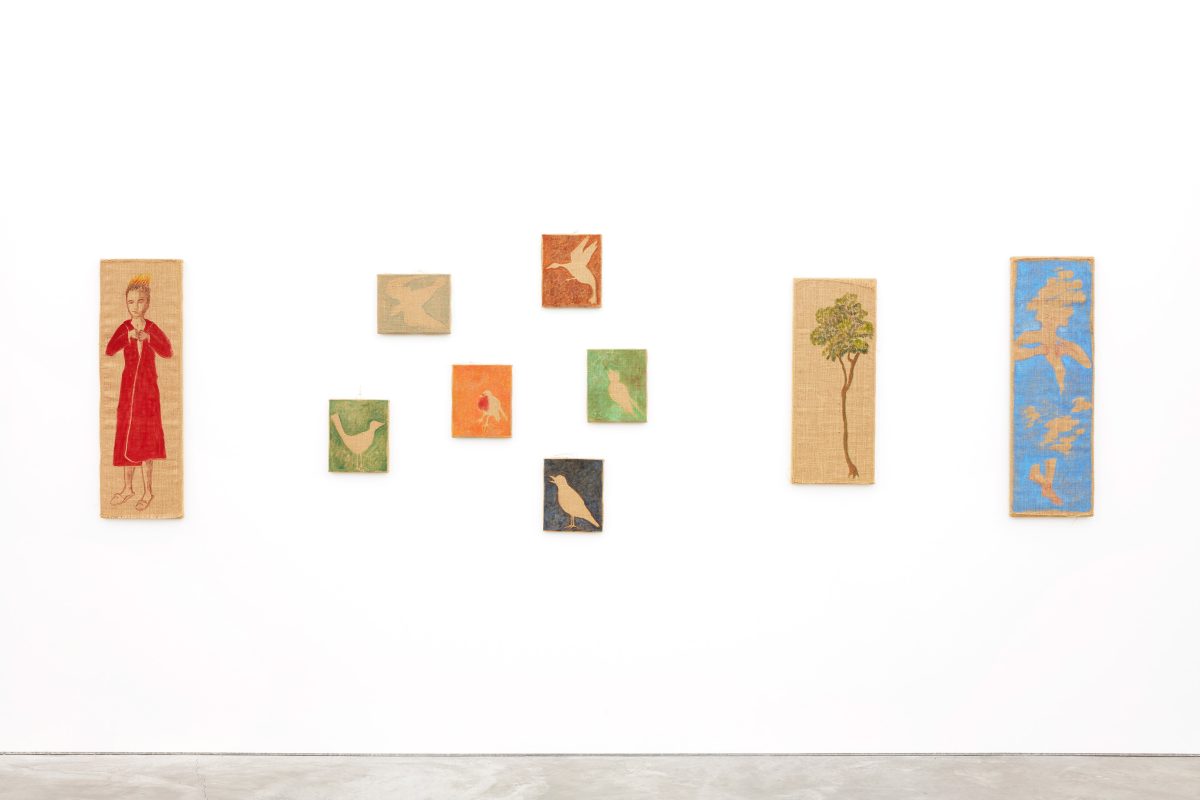
Vivienne Shark LeWitt
The Wind Blows Where It Will, 2021
Installation detail, Anna Schwartz Gallery
Photo: Zan Wimberley

Vivienne Shark LeWitt
The Wind Blows Where It Will, 2021
Installation detail, Anna Schwartz Gallery
Photo: Zan Wimberley
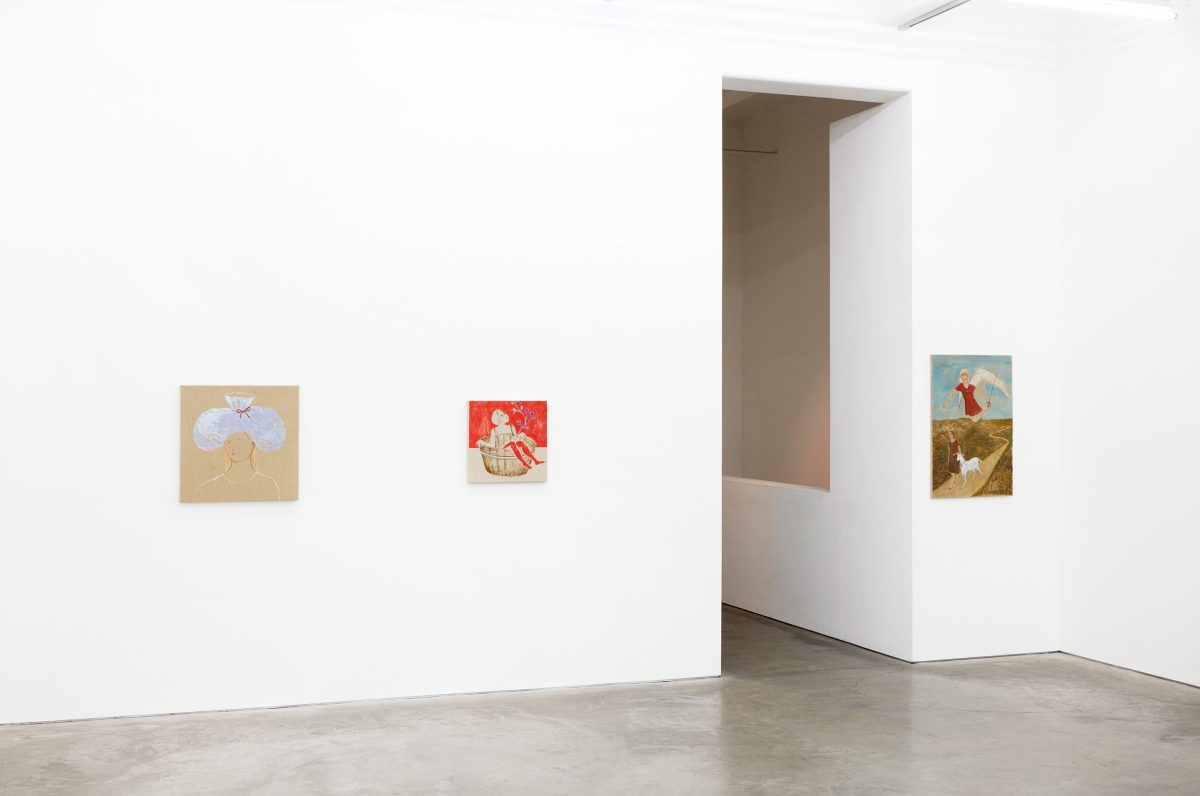
Vivienne Shark LeWitt
The Wind Blows Where It Will, 2021
Installation view, Anna Schwartz Gallery
Photo: Zan Wimberley

Vivienne Shark LeWitt
Saint Clare, 2016
water based paint on linen
76 x 46 cm
Photo: Zan Wimberley
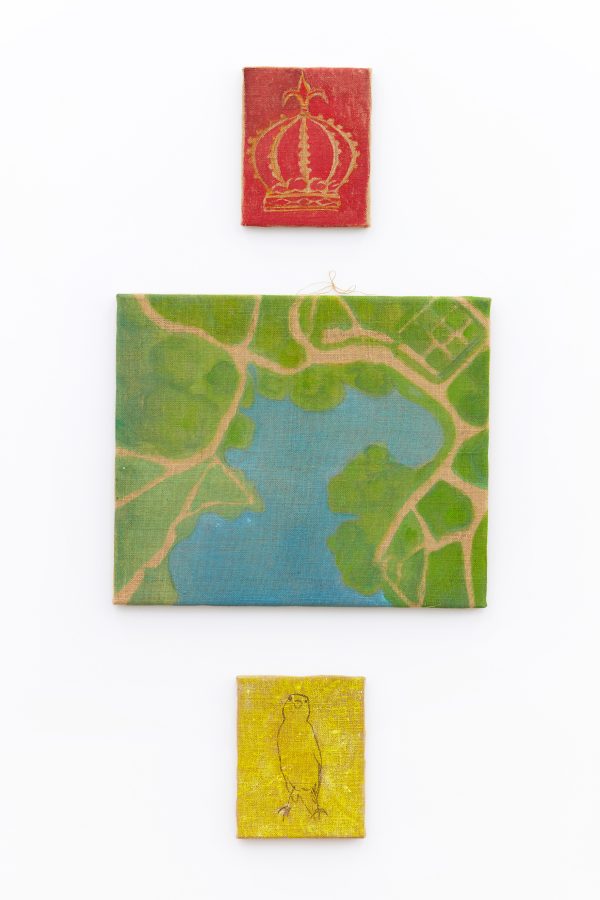
Vivienne Shark LeWitt
Le Hameau de le Reine, 2020
water based paint on Hessian
triptych: 26 x 21 cm; 50 x 60 cm; 26 x 21 cm
Photo: Zan Wimberley
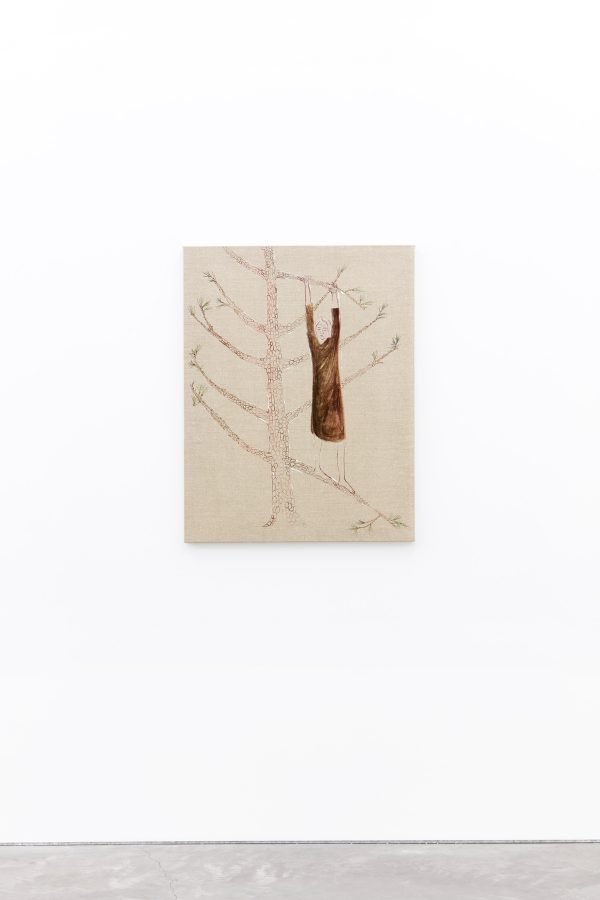
Vivienne Shark LeWitt
Pine Tree, 2018
Water based paint on linen
91cm x 72cm
Photo: Zan Wimberley
